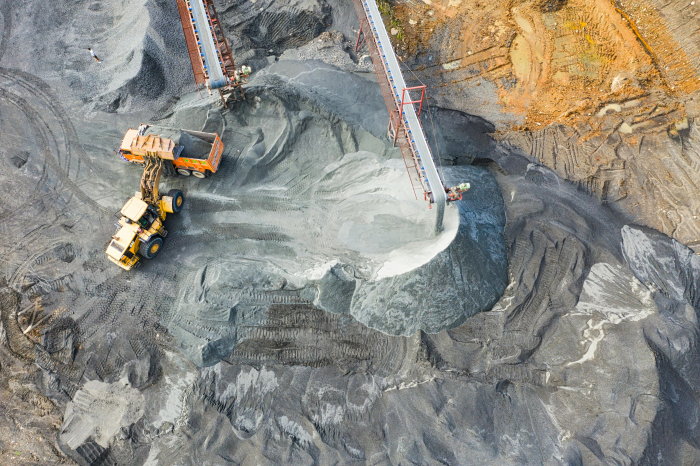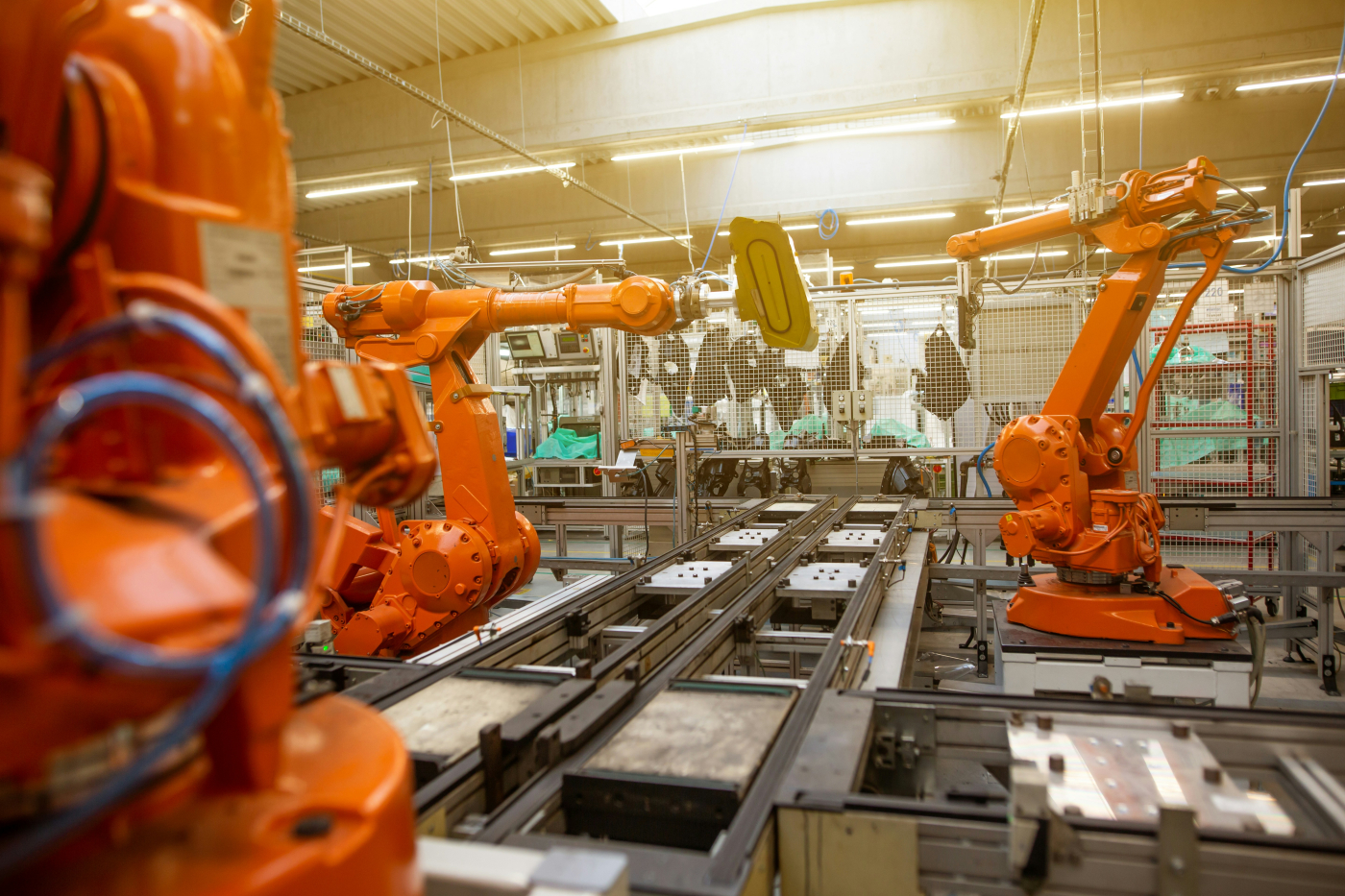In this briefing note, Senior Consultant Richard Hoyle highlights the risk factors that user/operators of bulk handling machinery must consider.
Posted
01.05.2024
Written by
Statement
Bulk handling systems are varied in size, capability and used in a multitude of industries from mining/quarrying to warehousing/storage, recycling, energy and food manufacturing lines.
They can be open or enclosed systems; horizontal, inclined or vertical conveyance systems; involve transfer distances from a few metres to several kilometres; require material transfer heights of a few metres to hundreds of metres; carry loads of a few kilograms or several tonnes per square metre and travel speed can be across a range. Many people across the globe are injured, maimed or killed every year by bulk handling systems – What are you doing about the hazards and risks?
Common Risk Factors
Regardless of the variance in such systems there are clear similarities in risk:
- Working environment – Interior/exterior, above ground, below ground, ATEX or benign.
- Interaction with personnel – Relevant guarding, access to dangerous parts, functional safety systems, occupational hygiene hazards, man riding conveyor systems¹.
- Damage to plant – Protection of components & controls from bulk material (dust etc).
- Maintenance intervention – Predictive tasks (i.e. Condition Based Monitoring), Planned Preventative Maintenance tasks (e.g. inspections and thorough examinations) and unplanned maintenance tasks where provision of a safe means of access is required.
- Machinery compliance to relevant regulations, standards and directives.
- Environmental impact – Noise, dust, power supply etc.
¹ ‘Man riding’ on conveyor belts is permitted under certain conditions in the Mine Regulations 2014.
Our Experience
Bulk handling systems are the key to getting product from source to process/delivery point. Failure or downtime of such systems can lead to production stoppages/delays and bulk storage capacity issues. However, necessary maintenance and inspections must be carried out to prevent, where possible, unplanned downtime, ensure personnel and asset safety, and enable bulk handling footprint development across a growing site (especially in mining and quarrying).




